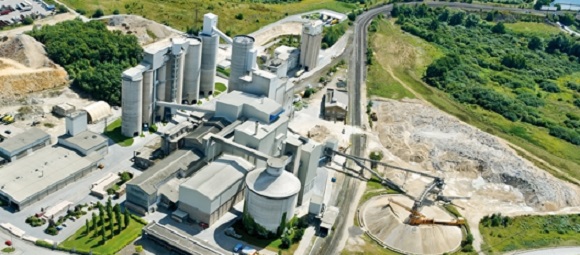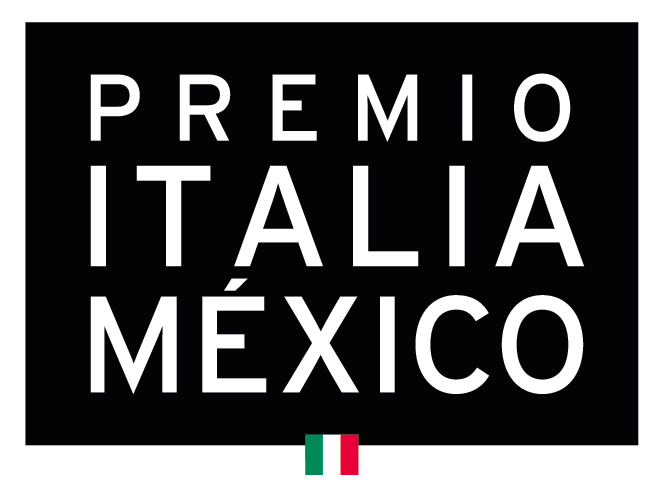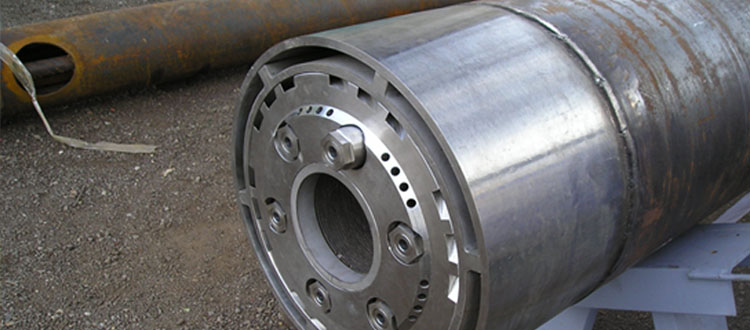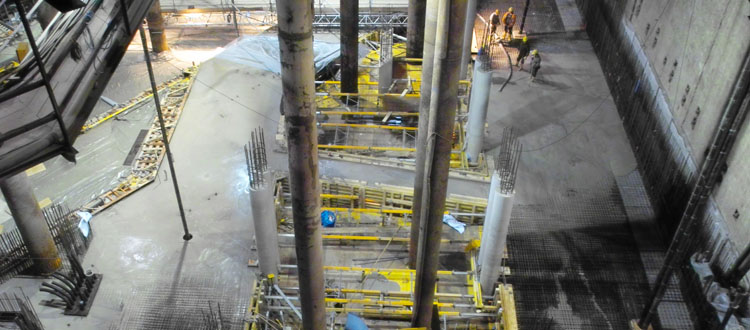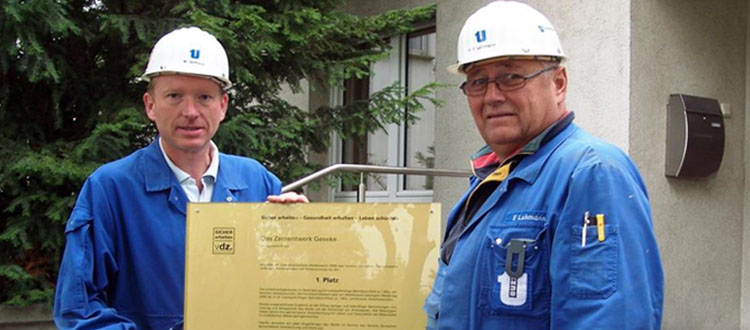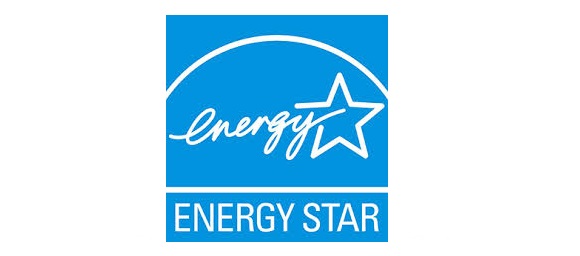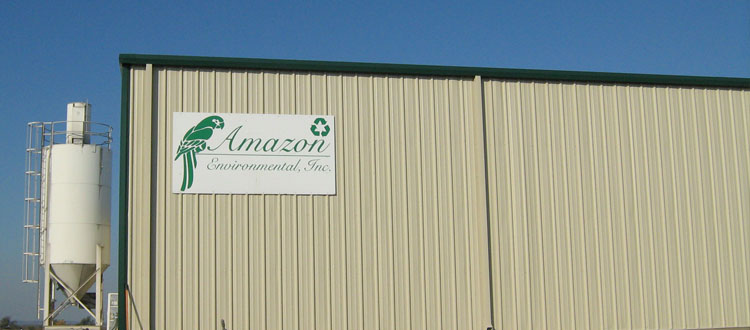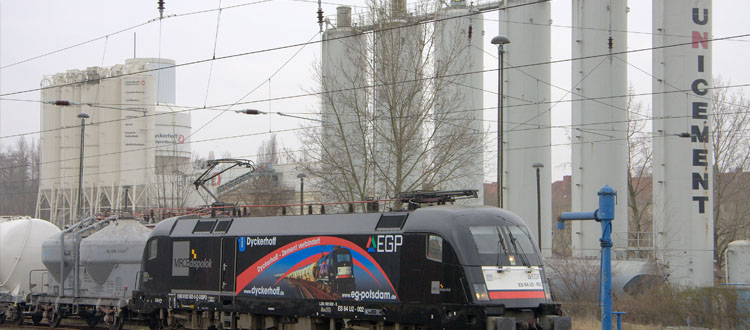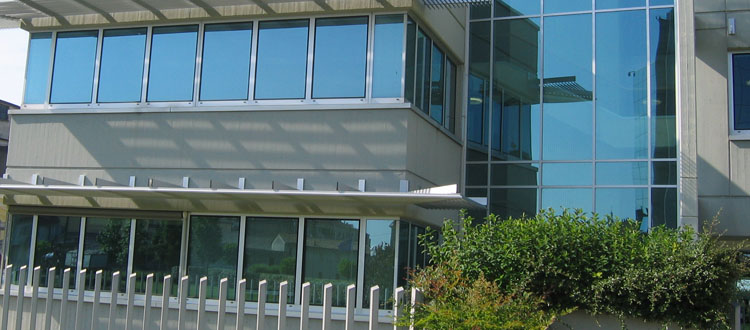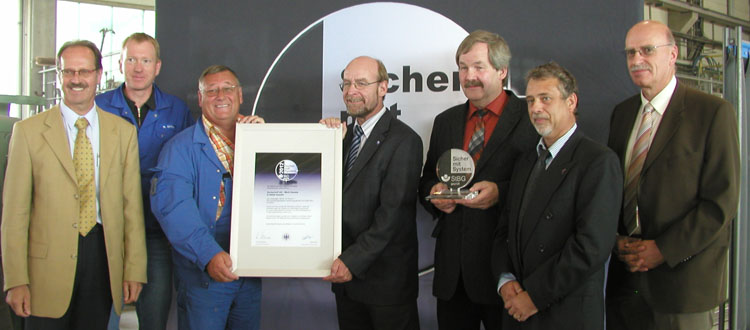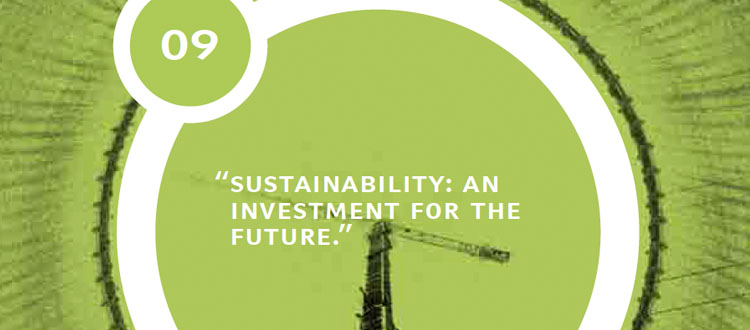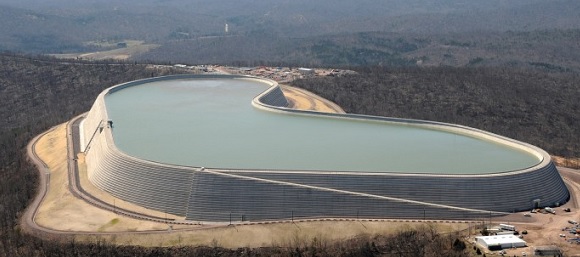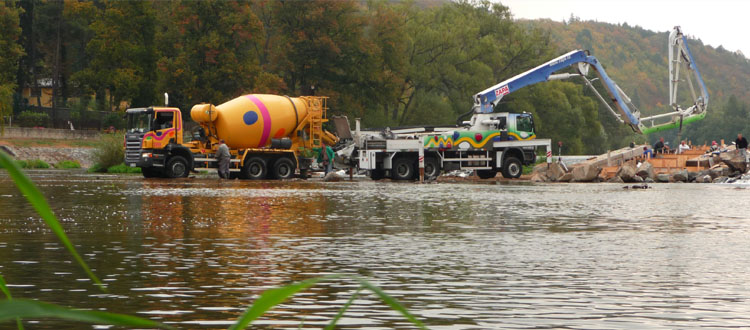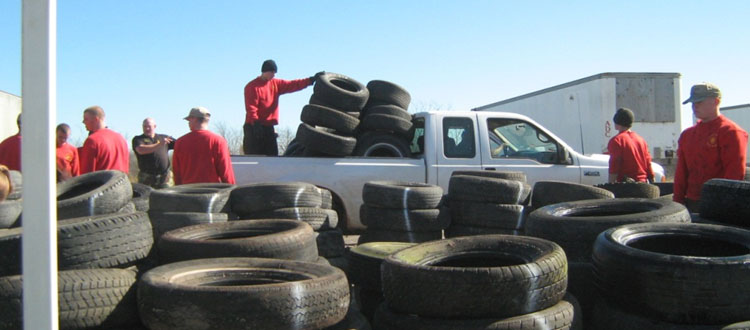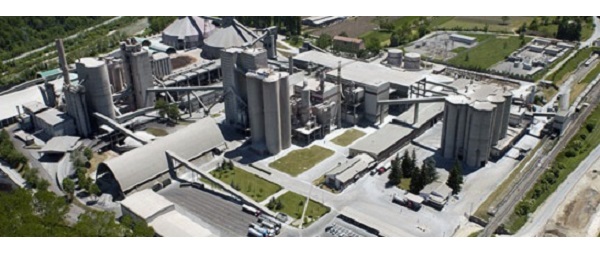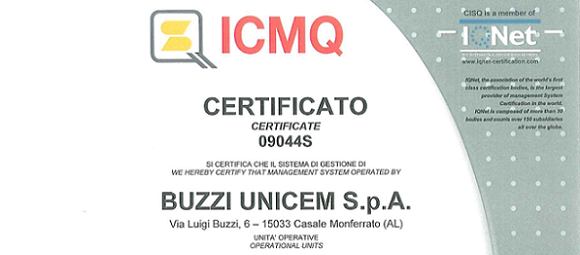Buzzi Unicem USA and Amazon Environmental, Inc., the leading national company involved in the recovery of latex paint, have forged an alliance which has led to the realization of a recycling center at our cement plant in Pryor, OK. From its inauguration in January 2008 up until now, the system installed by Amazon Environmental has transformed almost 6,150,000 liters of residual paint, by then unusable, into 10,000 tons of PLP (Processed Latex Pigment) to be used in the production of cement.
PLP is a material which is much more eco-friendly than many other ingredients in cement, since it’s not derived from raw materials that can be found in nature. Calcium oxide, the main molecule in cement, is found in lime powder, a waste material produced precisely at Pryor and difficult to handle due to its elevated dust levels. Amazon Environmental has solved this problem by adding the paint waist to the lime powder and thus creating PLP. In terms of consistency, the final product resembles dirt and is easy to handle. PLP is advantageous for all since the paint and the lime powder do not end up in the dumps for the benefit of the environment, new jobs are created in support of the local economy and a raw material is obtained which optimizes cement costs.
The first year of activity concluded with a remarkably positive situation for Amazon Environmental and Buzzi Unicem USA, which had to expand the PLP treatment structure. For this purpose, Amazon Environmental has recently built a second building reserved for storage of the PLP and lime powder used in the process.
